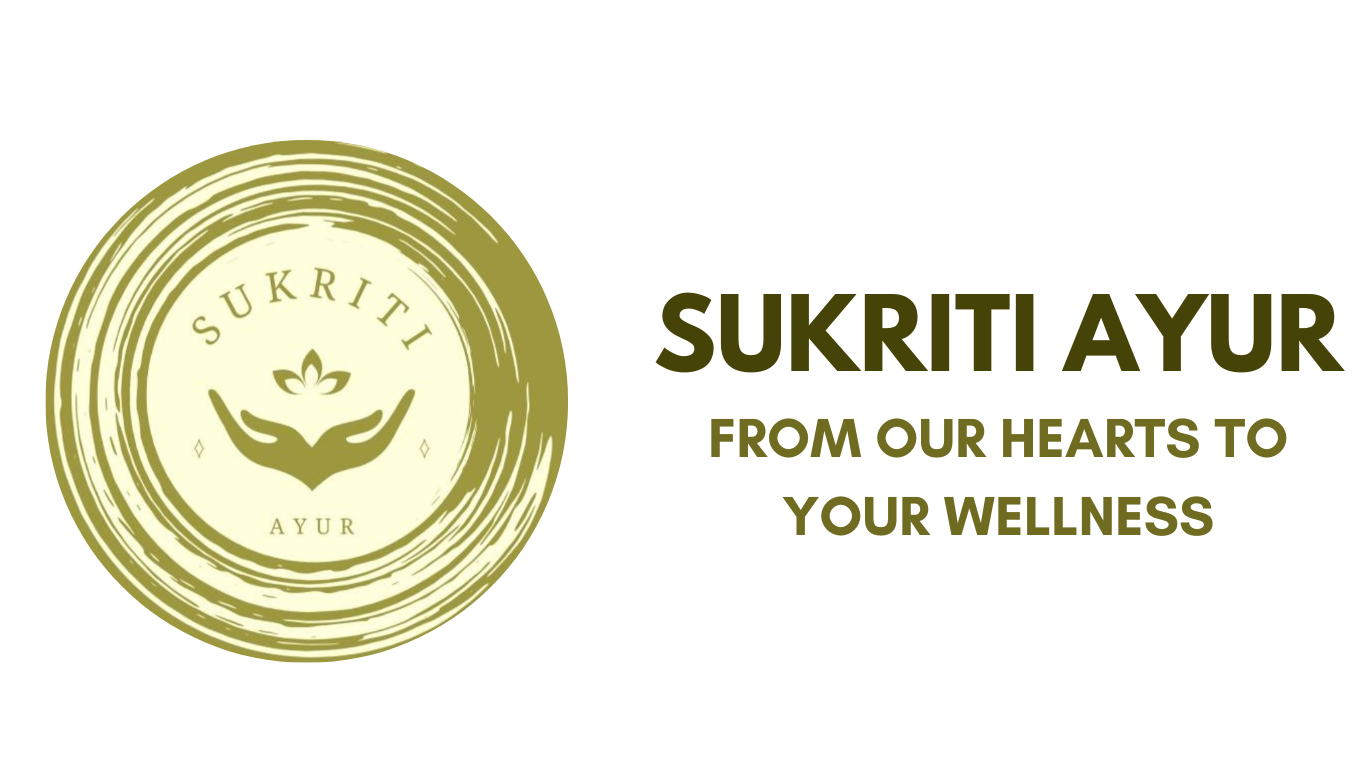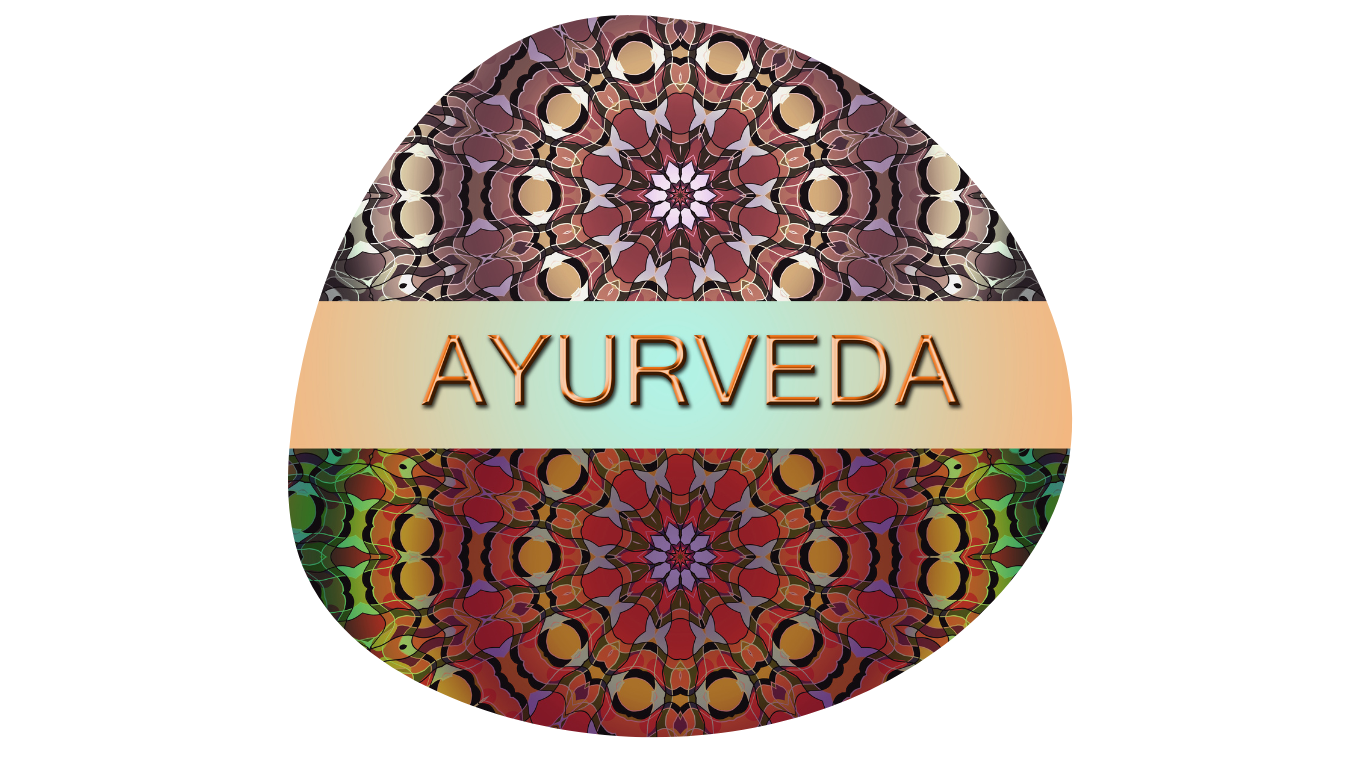What is Ayurveda?
Ayurveda is considered by many scholars to be the oldest healing science. In Sanskrit, Ayurveda means “The Science of Life.” Ayurvedic knowledge originated in India more than 5,000 years ago and is often called the “Mother of All Healing.” It stems from the ancient Vedic culture and was taught for many thousands of years in an oral tradition from accomplished masters to their disciples. Some of this knowledge was set to print a few thousand years ago, but much of it is inaccessible. The principles of many of the natural healing systems now familiar in the West have their roots in Ayurveda, including homoeopathy and polarity therapy.
Ayurveda is, in fact, the science of life! ‘Ayur’ means ‘life’ while ‘Veda’ is translated as ‘knowledge’ or ‘science’. Ayurveda offers a body of wisdom that allows us to realize our full human potential while enabling us to stay healthy and dynamic. According to Ayurveda, health is a balanced and active blending of our environment, body, mind, and spirit. Ayurvedic treatment are more than just a way to treat illnesses. Ayurveda Treatment Therapy is a proactive approach to restoring health and re-balancing the body. To enhance and maintain our health, various ayurvedic texts lay down guidelines for ideal daily and seasonal routines and diets we should follow, along with behavioural guidelines and the proper way to use our senses.
Guiding Principles of Ayurveda
- The Guiding Principles of Ayurveda
- What does the word Ayurveda Mean?
- What is the origins of Ayurveda?
- Ayurveda understanding the 'healthy
- Why I should choose Ayurveda
- Why Ayurveda?
Closer to nature
Heart of Perfect Health

PITTA
Pitta’s elemental makeup consists of fire and water. Pitta regulates all the metabolic processes in the body as well as body temperature & hormonal balance. Thirst, Hunger, and intelligence are associated with Pitta.

VATA
Vata means to blow or move like the wind. It is the primary force of motion in the body and mind, composed of the elements air and ether. Vata is responsible for our energy and movement as well as for nerve impulses. Speech, breath, circulation, and digestion are all the manifestations of Vata.

KAPHA
Kapha governs the structure of the body. Kapha meets the elements of earth and water. Kapha controls growth, weight, lubrication for the joints and lungs. Kapha is responsible for solidity and all structures as well as for the right amount of body fluids.

Improve blood circulation, Stress reduction & relief

Stimulates the lymphatic system, carries away the body’s waste

Relax & feel better , improve immune system

Protect your overall health, enhance your appearance
Dinacharya
In Ayurveda, an everyday ritual of self-care is termed as Dinacharya. Dinacharya means “daily routine” in Sanskrit language. According to Ayurveda, to be healthy optimally, we must tune our bodies in accordance to the master cycle of nature which eventually regulates different other rhythms.
Morning Dinacharya
- Wake up early in the morning, before sunrise.
- Drink a glass of warm water to help in elimination process.
- Wash your eyes and face followed by brushing your teeth using herbal tooth powder or paste
- Scraping your tongue with a tongue cleaner to remove toxin accumulation in the tongue.
- Empty your bladder and bowels within the first hour of having woke up.
- Treatment the forehead, scalp, temples, hand and feet using sesame oil for about five minutes.
- Do 10-15 minutes of yoga and/or 15-30 minutes of brisk walking or any other exercise. Include breathing exercises as well.
- Shower or bathe in warm water. Wear clean clothes
- Sit in meditation for a few minutes to explore your ‘self’ and increase awareness.
- Breakfast must be warm, wholesome and nourishing.
- You can then continue with your work or study until noon.
Midday Dinacharya
- Make lunch the day’s largest meal. Don’t snack until supper. Walk for 10 to 15 minutes at a slow pace after lunch in order to facilitate digestion.
- You can take a power nap of 15-20 minutes after lunch. Anything longer than that is not recommended in Ayurveda.
Evening Dinacharya
- Evening is time for meditation, breathing exercise and some yoga.
- Have your supper as early as 7 pm. Dinner should be earlier and lighter.
- Go to bed before 10 pm.
Ayurveda Therapies
- Can Ayurveda Cure Cancer?
- Can Ayurveda help in Chronic Pain
- Can Ayurveda helps in Mental Condition?
- I have to be a vegetarian to take Ayurveda
- How effective Ayurveda?


